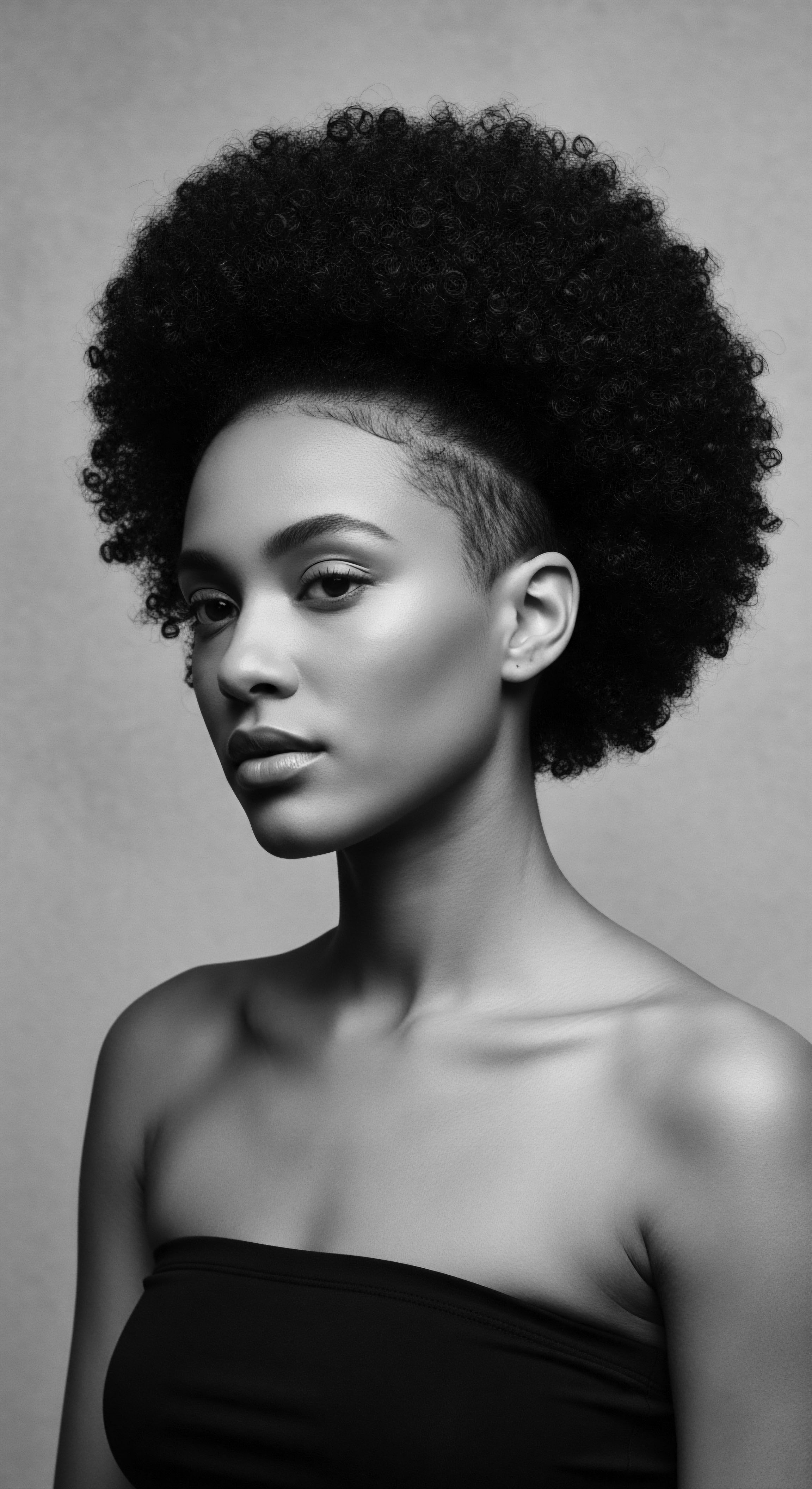
Can clay truly define and prepare textured hair for ancestral styles?
Clay, an ancient earth mineral, can define and prepare textured hair for ancestral styles by cleansing, protecting, and enhancing natural curl patterns through rich heritage practices.

How do CROWN Act provisions recognize ancestral styles?
CROWN Act provisions protect ancestral hair textures and styles, recognizing them as integral to racial and cultural heritage.

How do hair laws protect ancestral Black styles?
Hair laws safeguard ancestral Black styles by prohibiting discrimination against natural hair textures and protective styles, affirming Black hair heritage.

In what ways does the CROWN Act protect Black hair heritage in professional settings?
The CROWN Act protects textured hair heritage in professional settings by prohibiting discrimination based on natural and protective Black hairstyles.

In what ways did African hair heritage influence modern styles?
African hair heritage profoundly shaped modern styles through ancestral protective techniques, functional adornment, and deep cultural expression.

How does CROWN Act protect ancestral hair styles?
The CROWN Act protects ancestral hair styles by legally prohibiting discrimination based on hair texture and protective styles associated with race.

Why are protective styles historically significant for textured hair?
Protective styles are vital for textured hair heritage, preserving health and serving as historical markers of identity, resistance, and cultural continuity.

What modern challenges do textured hair wearers face regarding ancestral styles?
Textured hair wearers face modern challenges by honoring ancestral styles amid societal bias and cultural misinterpretations.

How does the CROWN Act challenge bias against textured hair?
The CROWN Act legally protects textured hair and traditional styles, affirming a fundamental right to wear one's racial and cultural heritage without discrimination.

What is the CROWN Act’s purpose?
The CROWN Act protects natural hair textures and ancestral styles from race-based discrimination.

